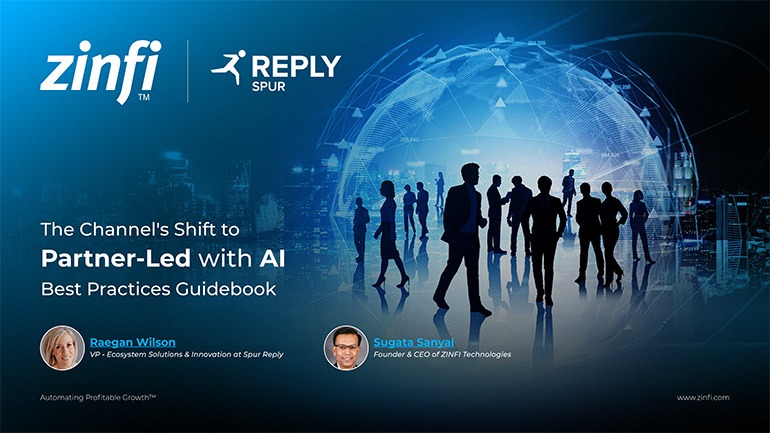Best Practices Articles

Partner Enablement: A Complete Guide to Boost Growth
Today, businesses need strong partnerships to grow. Partner ecosystems are getting bigger and more complex. This creates a need for better systems to manage them. That is where partner operations come in.
Partner operations work like a control center. They organize the full partner journey. This journey includes recruiting, onboarding, training, co-marketing, co-selling, and tracking performance.
Without good operations, partner enablement becomes reactive. It only solves problems after they happen.
Smart businesses treat partner enablement as a key investment. They listen to partners, fix pain points, and use data to make decisions. Tools like PRM software help companies manage partner relations better. They turn feedback into action and action into revenue. Another key factor is market development funds (MDF). Many companies use MDF carelessly and fund events without tracking results. But if used wisely, MDF becomes a tool for channel growth strategies. It rewards the right partner behaviors and helps drive real sales. A strong partner operations team integrates all areas of the partner journey. Without this coordination, partner programs can become fragmented and confusing. By building a unified system that addresses partner needs at each stage, companies create an environment where collaboration thrives. Having a team dedicated to partner operations shows partners that their success is a shared priority. This article will show how partner enablement, partner operations, MDF, and PRM software all come together to fuel growth.-
Listening to Partners Fuels Enablement
Before setting up dashboards or buying new platforms, companies must listen. Listening comes first in partner operations. Successful programs use an outside-in approach. They gather feedback from partners regularly, not just once a year.
One way to do this is through Partner Advisory Councils. These councils bring together top sellers and even partners who left. Their feedback shapes better onboarding, incentives, and training.
Surveys are another important tool. A strong partner experience survey asks deep questions. It covers product quality, support, partner enablement, marketing help, and pricing. A good survey takes time to complete but gives valuable insights.
Companies should also hold interviews both virtual and in person. Combining surveys and interviews helps find real problems and opportunities.
Listening is only useful when companies act fast. After collecting feedback, they should meet with leaders from sales, marketing, engineering, and support. Quick action shows partners they matter.
When partners see changes based on their input, they become more loyal. They sell more and stay longer. Treating partners as co-creators not just resellers is the first step to successful partner enablement.
Building strong communication lines between internal teams and partners helps create trust. Regular check-ins help partners feel appreciated and respected.
Responding quickly to concerns strengthens the relationship further. A proactive approach helps fix small problems before they become big issues. Listening and acting fast lead to better partnerships and faster channel growth.
Strong communication also improves internal alignment. Sales, marketing, and product teams must work together to respond to partner feedback. Internal teams work together to tackle every partner concern without delay.
By coordinating efforts across departments, companies create a seamless partner experience. This leads to greater satisfaction and deeper loyalty from the partner community.
-
Using MDF to Drive Growth
Market development funds (MDF) are often misunderstood. Many see them as cash for random events like golf outings. But MDF can be a powerful tool for real channel growth strategies.
Successful programs connect MDF to partner activities. Instead of partners asking for funds through messy proposals, companies reward actions. These actions include lead generation, social media marketing, webinars, and training events.
One strong method is a point-based MDF system. Partners earn points for activities that move customers along the buying journey. This makes it easy for partners to earn and spend MDF without paperwork headaches.
This system increases MDF usage and brings better results. When partners get funds for actions that grow sales, both sides win.
Another important lesson is to make MDF easier for smaller partners. Many small businesses cannot afford to pay upfront and wait for reimbursement. Companies should offer pre-approved marketing vendors.
These vendors handle services like digital ads or content creation. This way, partners get professional help without spending their own money.
Making MDF part of the partner enablement plan not just a separate budget drives better engagement and results. Companies should also provide clear guidelines on how to use MDF funds wisely. Workshops or webinars teach partners how to use their funds better.
Highlighting success stories where MDF helped partners grow motivates others to participate. Turning MDF into a strategic growth tool helps businesses scale their partner ecosystems faster and more efficiently.
MDF programs should also include detailed reporting. Partners should clearly understand how their funded activities perform. Transparent reporting builds trust and encourages ongoing participation.
When companies share results from MDF-funded campaigns, they also help partners refine their strategies. Companies build stronger channels and loyal partners when they invest MDF over time.
-
The Full Partner Journey Framework
Partner operations should cover the entire partner lifecycle. A smart partner enablement plan follows a full journey that starts with targeting the right partners. Companies must carefully identify businesses that align with their goals and values. Once identified, recruiting efforts should highlight clear benefits for the partners.
After recruitment, onboarding becomes critical. Good onboarding programs go beyond just product documentation. They include welcome kits, training on PRM software, deal registration processes, and marketing support materials. Early education sets the tone for long-term success.
Enablement comes next and involves continuous support. Companies should offer training sessions, webinars, certifications, and marketing resources. These programs should adapt to different partner needs. Some partners may need technical training, while others may need help building a marketing plan.
Co-marketing efforts then build deeper connections. Companies should work hand-in-hand with partners to launch campaigns. Market development funds (MDF) play a big role here.
Co-selling follows where companies and partners work together to close deals. Support during sales meetings or joint calls strengthens trust.
Incentivizing partners is also crucial. Reward programs that recognize hard work and good behavior keep partners motivated. Using point-based systems that tie rewards to real business activities boosts performance.
Finally, acceleration means pushing top performers to achieve even more. Offering advanced resources, special incentives, or leadership opportunities helps partners climb higher. Every stage in the partner journey matters and requires careful planning.
PRM software helps companies manage these stages smoothly. It tracks activities, automates communication, and delivers the right resources at the right time. Segmentation ensures each partner receives tailored support based on their needs and goals. Companies make partners feel valued and keep them engaged for the long run by personalizing their support.
By carefully managing each stage of the partner journey, companies can create a dynamic and motivated partner ecosystem. When partners feel support and rewards, they invest more time and energy in the relationship. Strong partner enablement throughout the lifecycle is essential for building a powerful and scalable channel program.
Conclusion: Building Growth Through Partner Enablement
Strong ecosystems need strong partner operations. Businesses must move beyond random partner support. They need clear systems, smart tools, and fast action. Listening is the first step. Advisory councils, surveys, and interviews uncover problems and opportunities. Fast action on feedback builds partner trust. Market development funds (MDF) should reward partner activities that drive sales. Pre-approved vendor options make MDF accessible to all partners. Companies should also offer training to help partners create winning campaigns. Showing examples of successful MDF use inspires others to follow. Companies need to support partners fully as they move through the lifecycle. From recruiting to acceleration, every stage needs the right help. PRM software can automate and improve these steps. Not all partners need the same kind of help. Personalizing support based on partner type and lifecycle stage creates better results. True partner enablement is not just training. It is the fuel for long-term channel growth strategies. Companies that invest in partner operations today will lead tomorrow's markets. They will treat partners not just as sellers, but as true collaborators. Partner enablement is the smartest investment for growth. Companies must also use MDF wisely, choose smart PRM software, and build strong partner operations. Businesses that create strong partner ecosystems today will succeed in the future. They will drive better engagement, loyalty, and results through strategic partner enablement. Expanding partner enablement efforts and embracing innovative channel growth strategies ensures businesses stay competitive and thrive in an ever-evolving market landscape.
Best Practices Guidebook
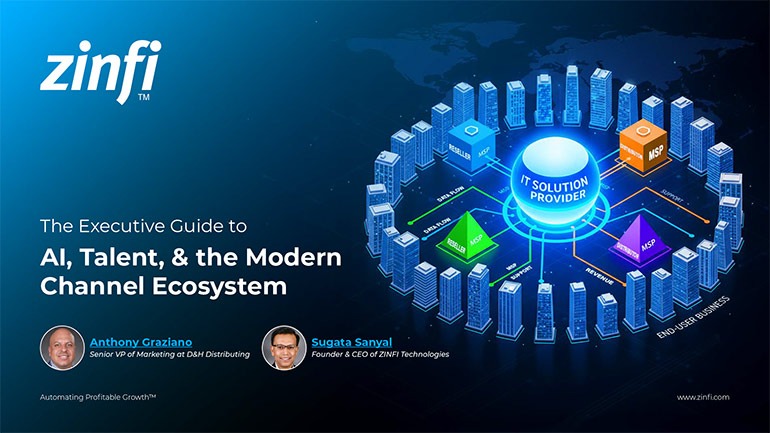 Modernizing Channel Marketing: AI and Ecosystem Enablement Best Practices
Modernizing Channel Marketing: AI and Ecosystem Enablement Best PracticesDownload for FREE
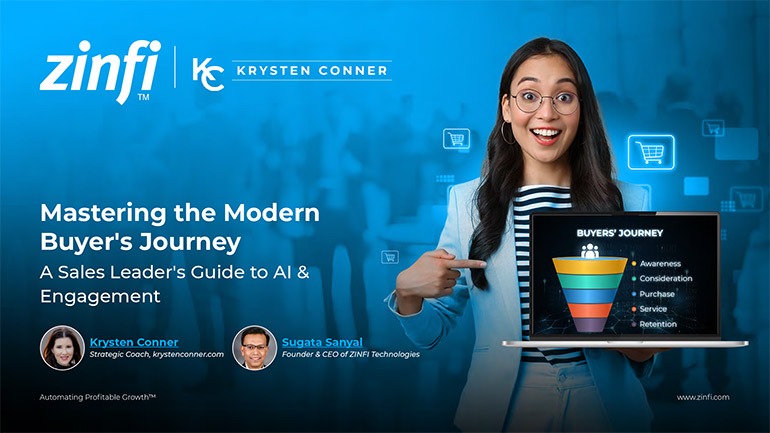 The Channel’s Shift to Partner-Led With AI Best Practices
The Channel’s Shift to Partner-Led With AI Best PracticesDownload for FREE
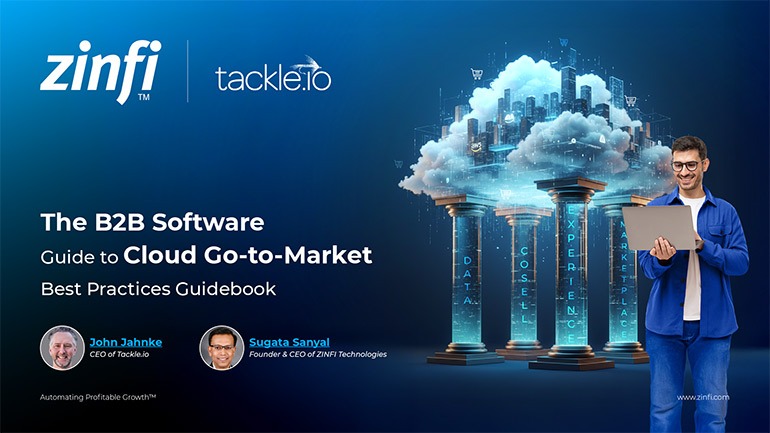 Hyperscalers, ISVs, and AI: Shaping the Future of B2B Software Distribution
Hyperscalers, ISVs, and AI: Shaping the Future of B2B Software DistributionDownload for FREE
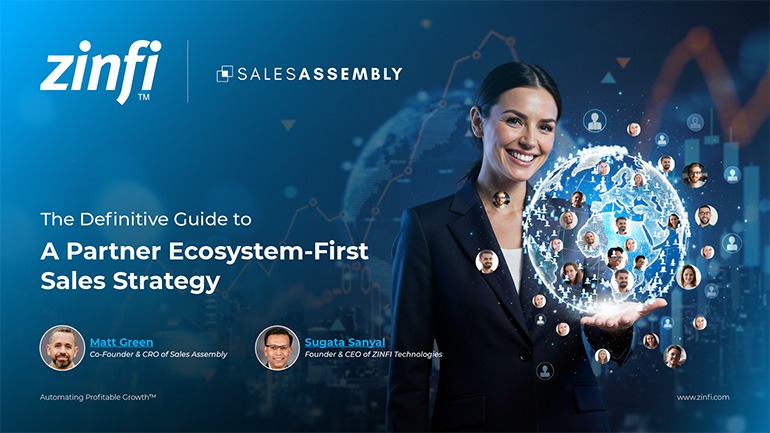 Definitive Guide to a Partner Ecosystem-First Sales Strategy
Definitive Guide to a Partner Ecosystem-First Sales StrategyDownload for FREE
 The Partner-Led Digital and AI Transformation Best Practices
The Partner-Led Digital and AI Transformation Best PracticesDownload for FREE
 Startup Talent Recruitment: Hiring Missionaries, Not Mercenaries
Startup Talent Recruitment: Hiring Missionaries, Not MercenariesDownload for FREE
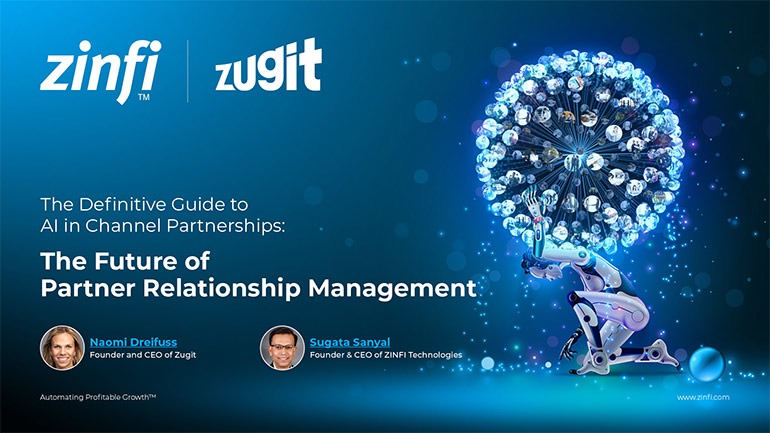 The Future of Partner Relationship Management with AI in Partnerships
The Future of Partner Relationship Management with AI in PartnershipsDownload for FREE
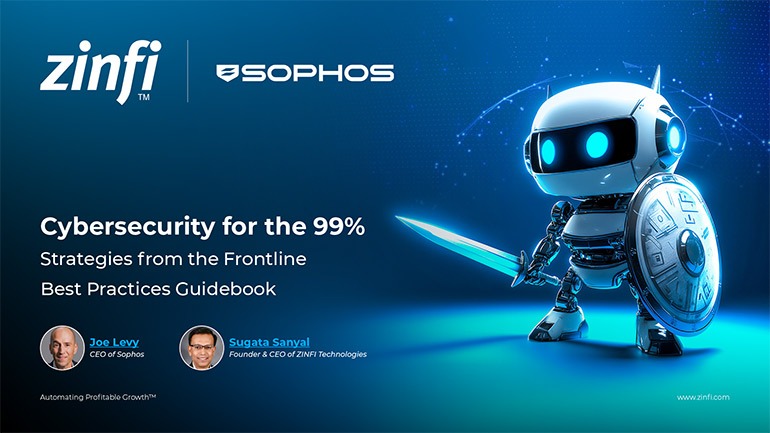 Cybersecurity for the 99%: Strategies from the Frontline
Cybersecurity for the 99%: Strategies from the FrontlineDownload for FREE
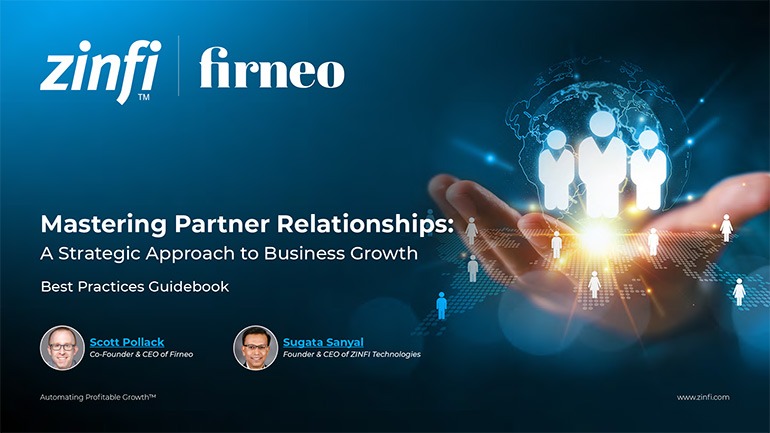 Mastering Partner Relationships: A Strategic Approach to Business Growth
Mastering Partner Relationships: A Strategic Approach to Business GrowthDownload for FREE
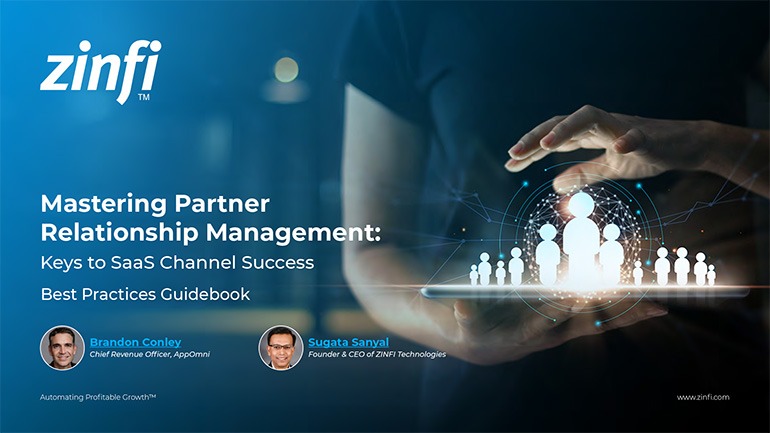 Mastering Partner Relationship Management: Keys to SaaS Channel Success
Mastering Partner Relationship Management: Keys to SaaS Channel SuccessDownload for FREE
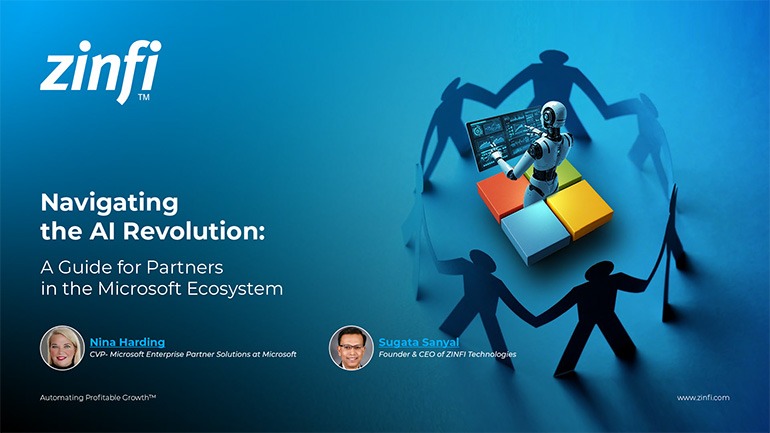 Navigating the AI Revolution: Guide for Partners in the Microsoft Ecosystem
Navigating the AI Revolution: Guide for Partners in the Microsoft EcosystemDownload for FREE
 Mastering the Modern Buyers Journey: Sales Leader’s Guide to AI & Engagement
Mastering the Modern Buyers Journey: Sales Leader’s Guide to AI & EngagementDownload for FREE

